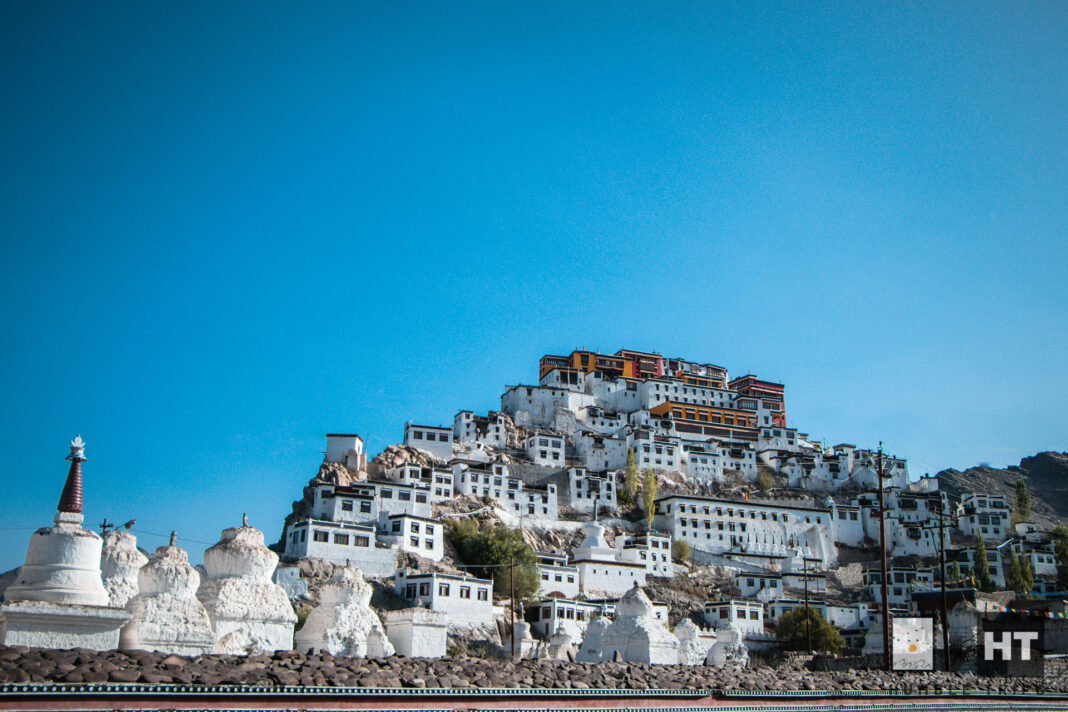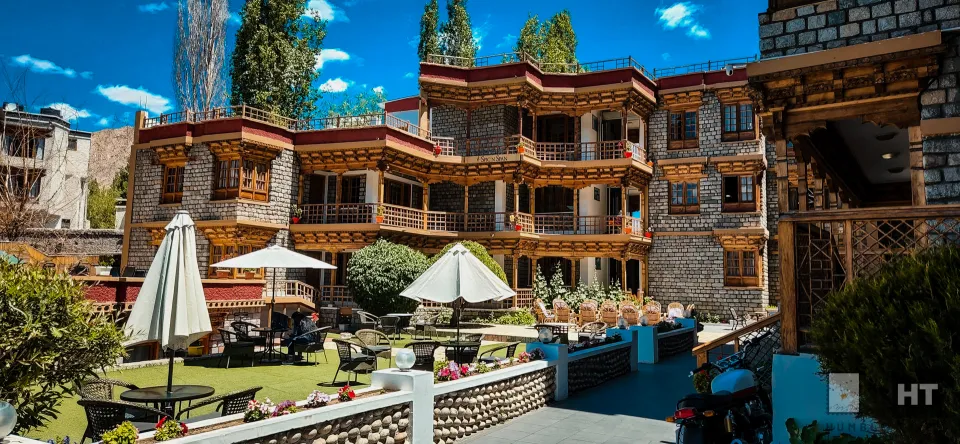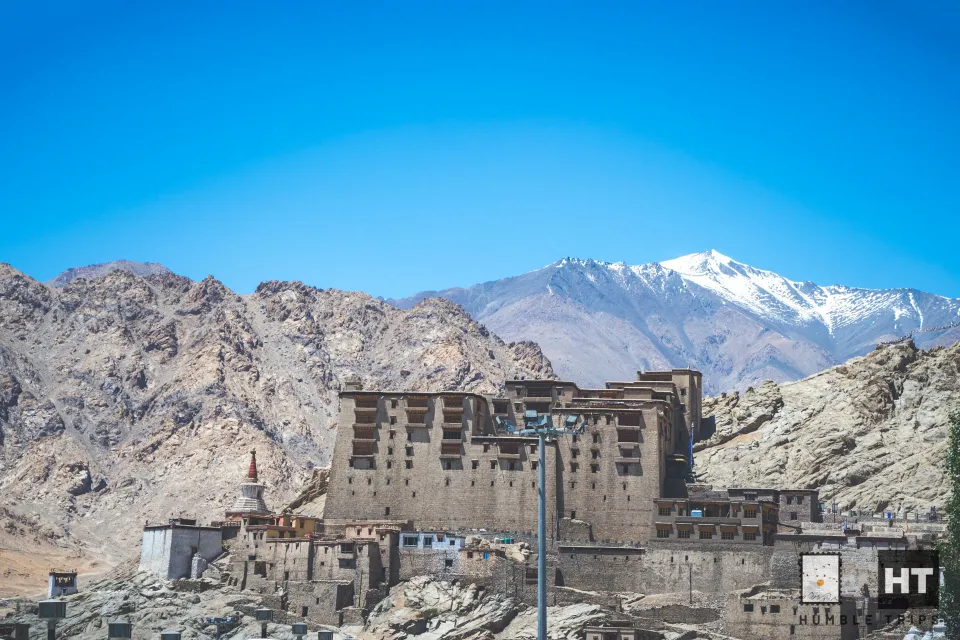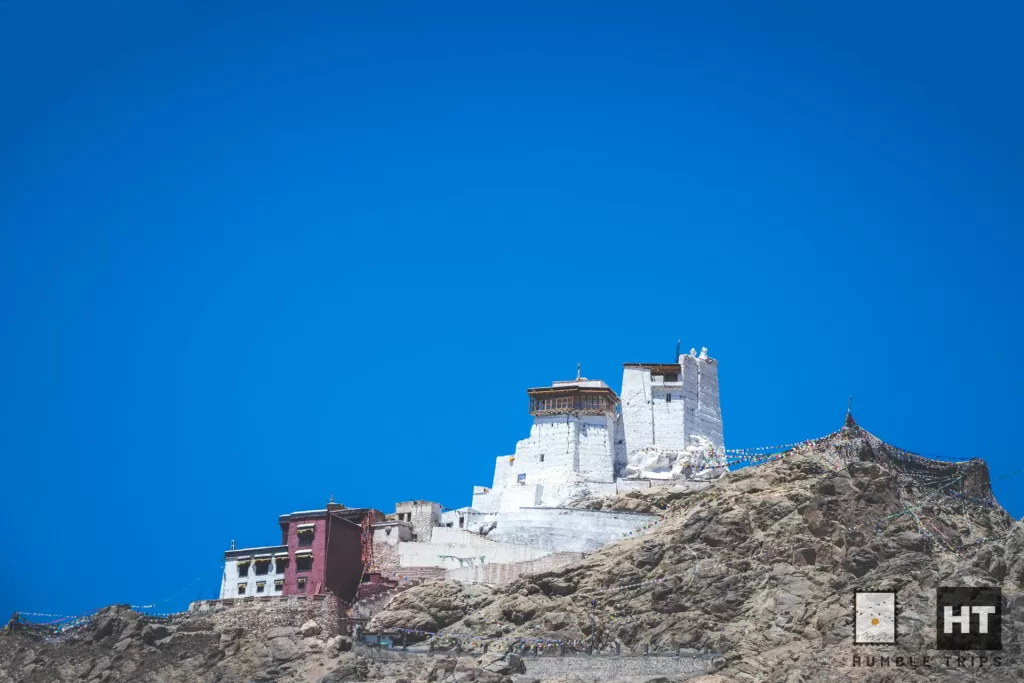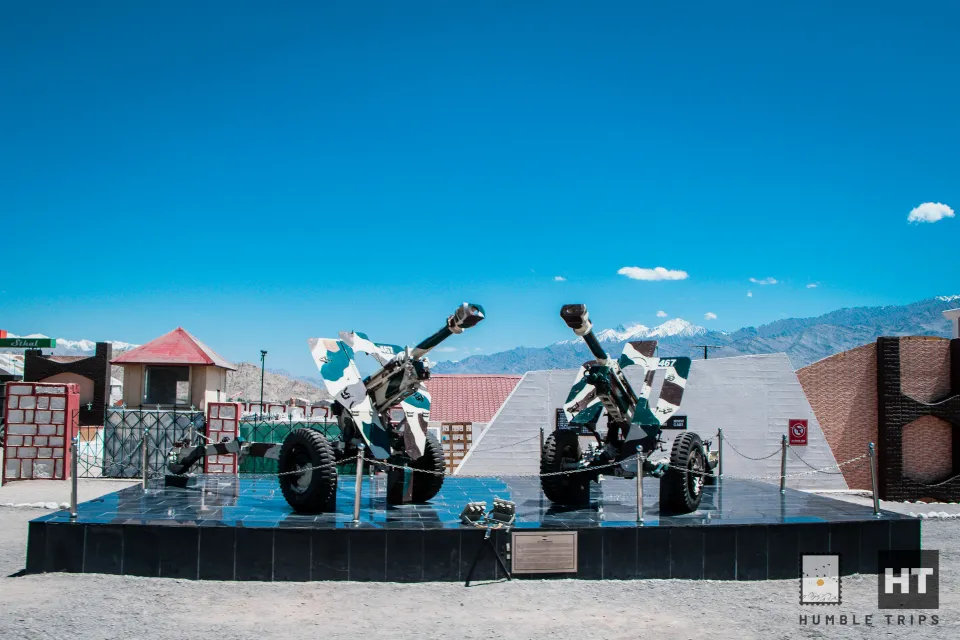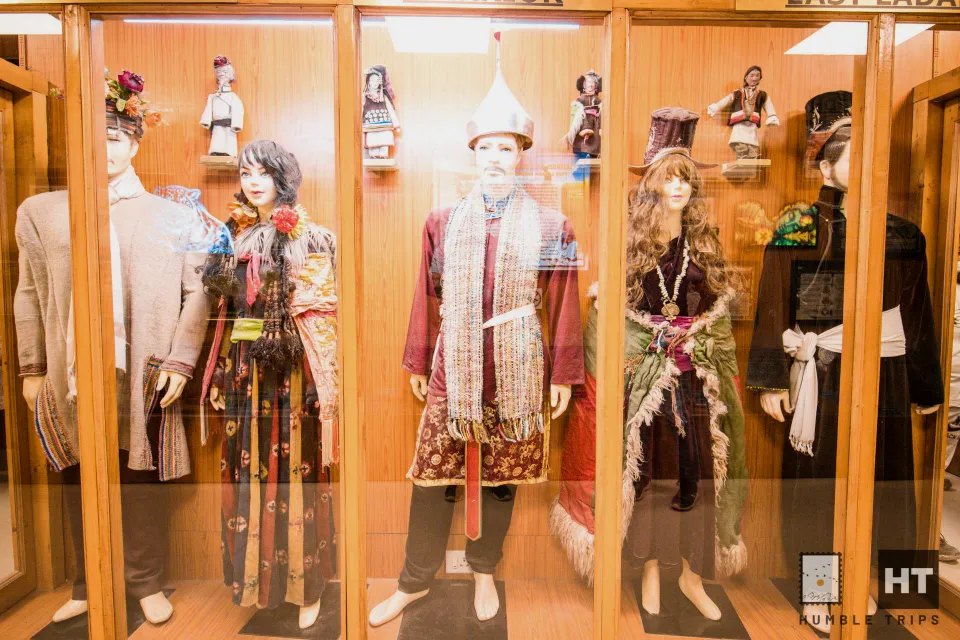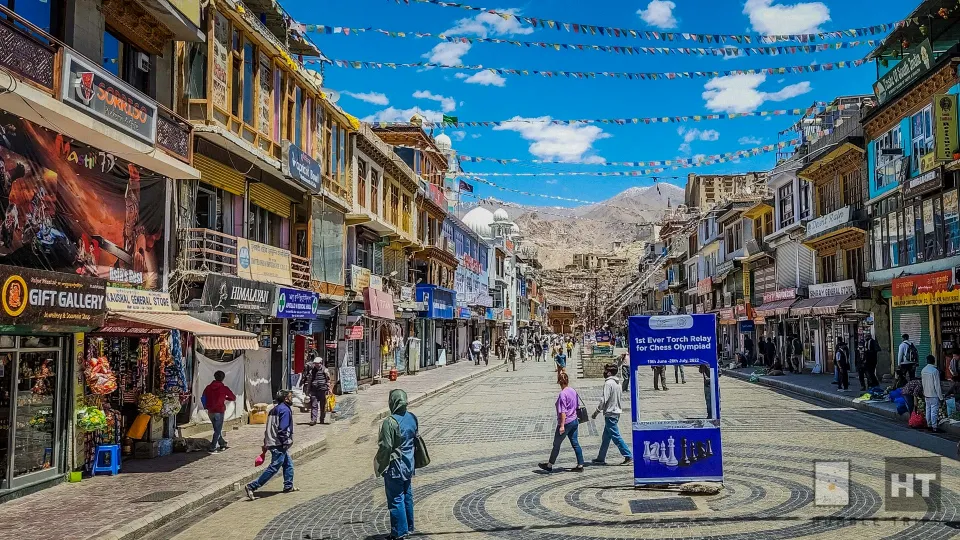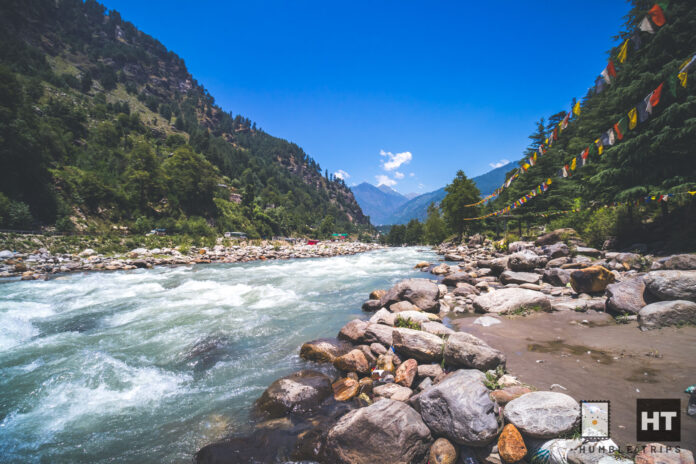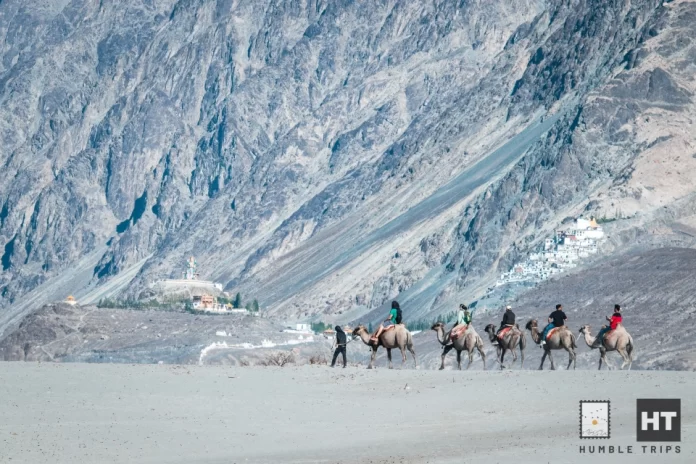Day 4 & 5 of Leh Ladakh trip
Reaching Leh and coming down from 17000 ft altitude to 11,783 ft was expected to help us recovering altitude sickness and acclimatize. This was a very needed recovery and settle to explore amazing Leh. It is recommended to stay in Leh for couple of days before you go up further in altitude. Leh is anyway filled with interesting places, culture, food and monasteries. It’s a must visit destination at least once in a life time.
After the long drive and friends in a bit of health issues, we started the morning easy with a hearty break fast in hotel. My friend and wife decided to go to hospital and see the doctor to figure out whether they need to stop further journey and address the health issues. Finding a reasonable hospital was easy in a short drive from hotel.
Doctor gave some medications and advised, rest confirmed that the symptoms are of altitude sickness. We have decided that, if he is not getting better we will break the journey, put him in next flight from Leh. We then have to take the car back to at least till Delhi. However all us one want him to recover and continue the journey, even if it means a day late. With no bookings that was one worry less.
Kapil and I decided to explore Leh, we chose to explore market and drive round. We went to sort out permits first, however there was nothing much do there as we took care everything online well in advance. It was confirmed that we can move around Ladakh with the permit we already had.
Leh Palace
Leh palace that is 1600 years old and nine stories high. About 1 km from Leh City Market and close to permit office.
Close to the Leh Market is Namgyal Tsemo Monastery. Locals mentioned that view from here is panaromic. However we decided not to go in. We had other monasteries in our list to visit with limited time we had in hand.
Another common sightings in Leh is white Chortens (stupas) of the Buddhist temple and prayer wheels all long Ladakh.
Hall of Fame
A visit The Hall of Fame, museum run by the Indian Army in Leh is essential for every Indian traveler. It evokes a range of emotions, as it recounts the wars fought in challenging landscapes and high altitudes. Learning about the bravery and sacrifice of our soldiers is both inspiring and moving, leaving visitors with a sense of pride and sadness. The museum’s display of captured enemy arms adds to its impactful narrative.
The ground floor focuses on Operation Vijay – The Kargil War and Ladakh’s culture, cuisine, and wildlife. Don’t miss the documentary on Kargil War.
Upstairs, learn about the Siachen Glacier and see captured Pakistani soldiers’ ammunition and uniforms. Soldiers act as guides. Check out the souvenir shop for quality items at reasonable prices. The ticket includes a six-dimensional laser show from around 6:30 pm to 7:30 pm (timings may vary).


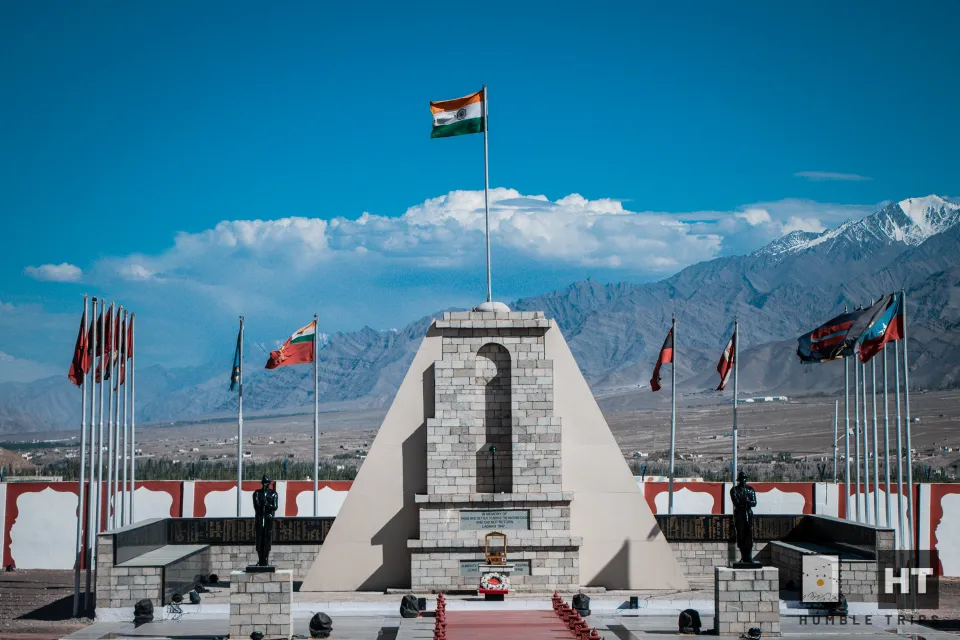

Sangam – Confluence of Indus and Zanskar Rivers
In the cold desert of Ladakh lies a breathtaking sight: the confluence of the Indus and Zanskar Rivers near Nimmu village, about 35 km from Leh. This spot, known as Sangam, has become a must-visit for tourists traveling between Srinagar and Leh.
The Indus River, crucial to ancient civilizations like the Indus Valley Civilization, meets the Zanskar River here. While the Indus flows steadily, the Zanskar can be rapid or frozen depending on the season, offering a mesmerizing contrast. Whether it’s summer or winter, witnessing this natural wonder is an unforgettable experience in Ladakh.
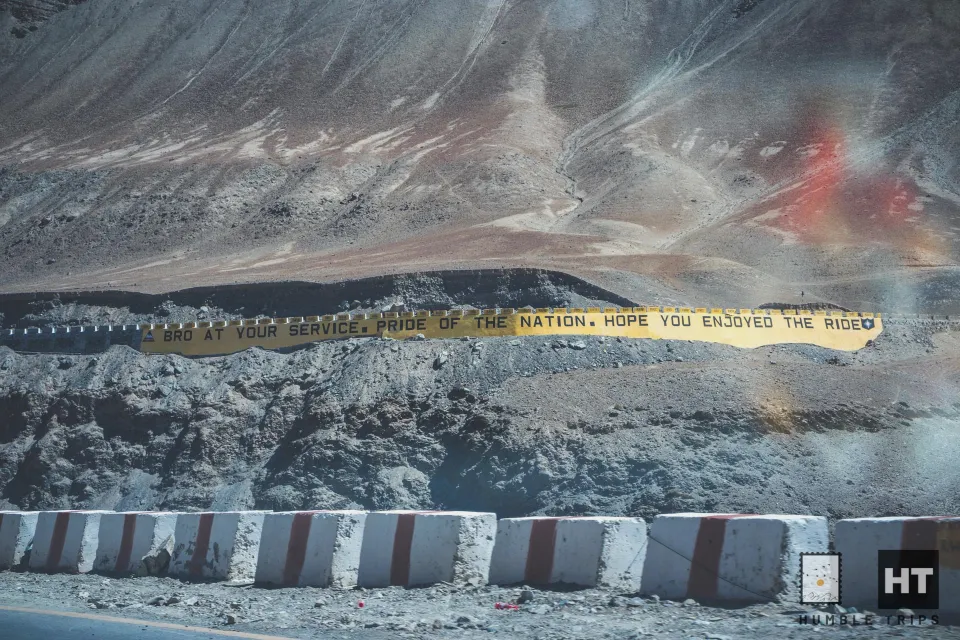

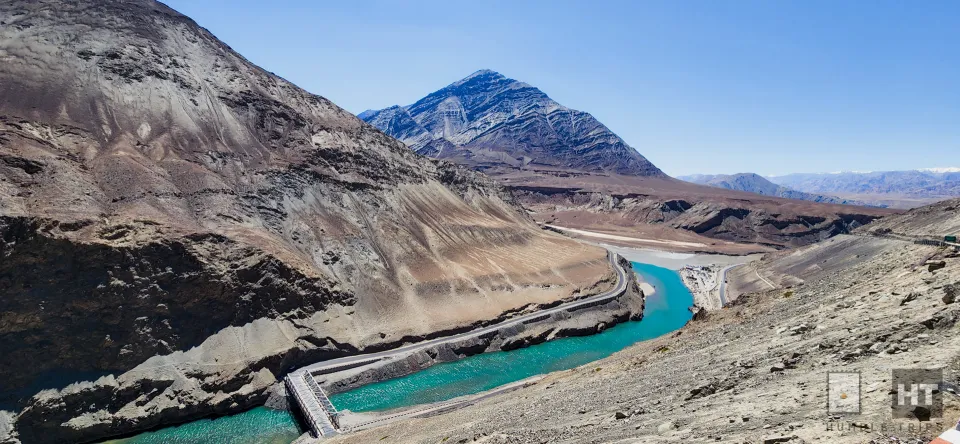

There is nice café and some facilities here. There is rafting opportunities as well if time permits.
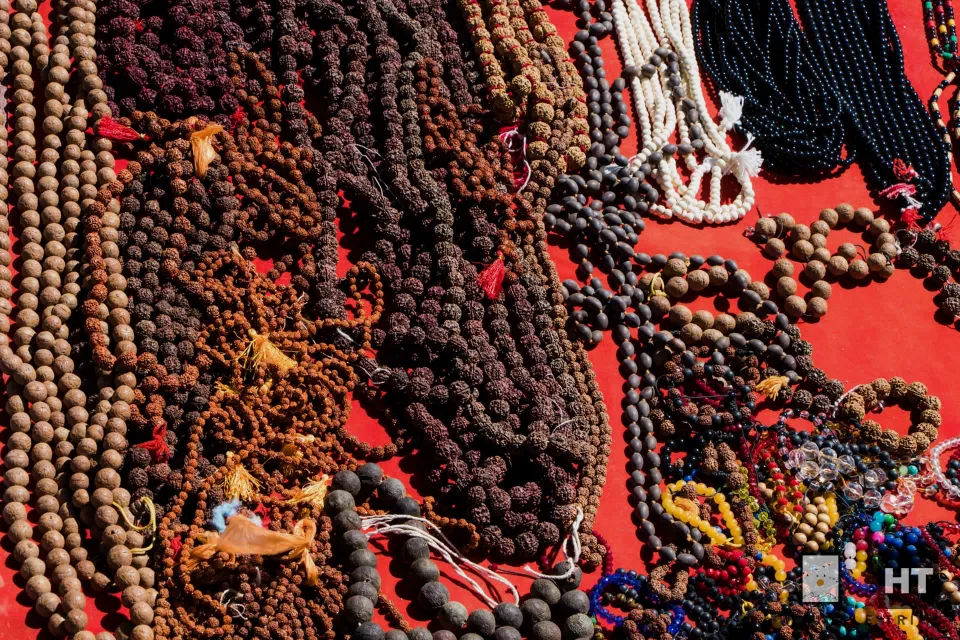

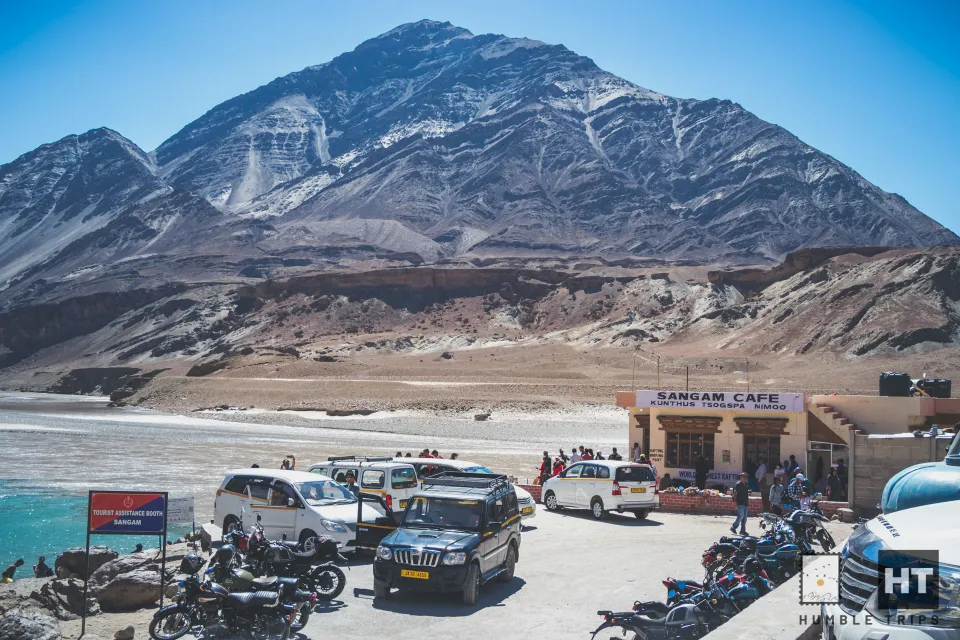

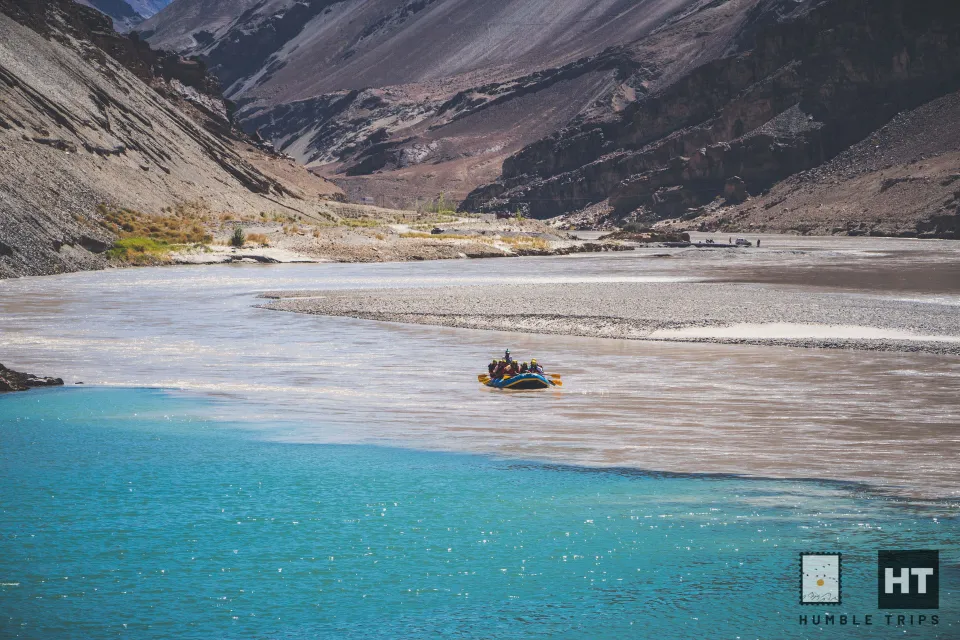

Magnetic Hill
Tucked away in the rugged terrains located 30 km from Leh, along the Leh-Kargil-Baltic Highway, The drive from Leh takes about 30-45 minutes and offers breathtaking views of the surrounding landscapes.Magnetic Hill defies logic and ignites curiosity with its gravity-defying mystery. This surreal place is one of Ladakh’s most famous attractions, and during this trip to this majestic region, I couldn’t resist experiencing its magic firsthand.
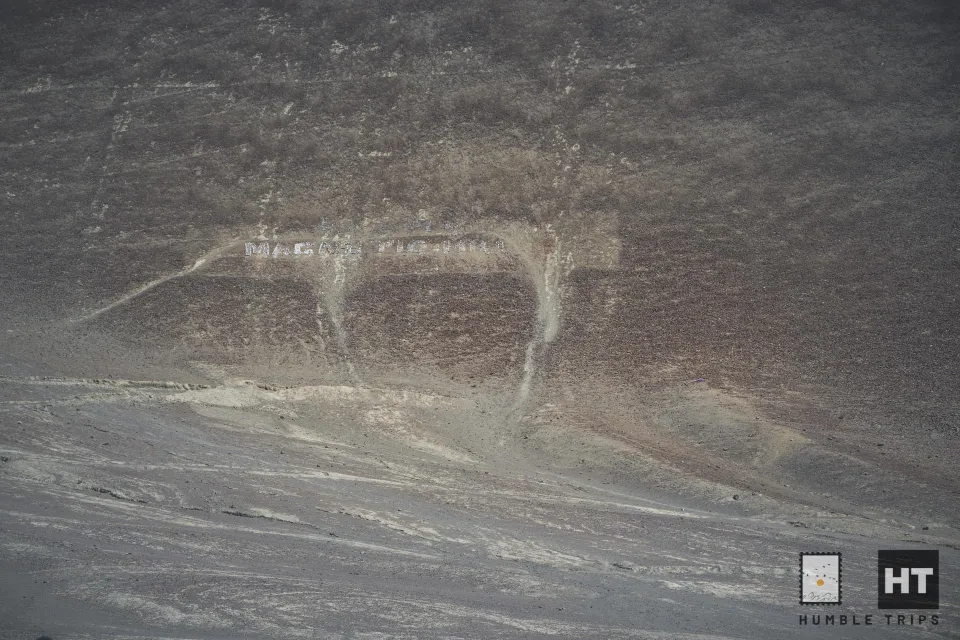



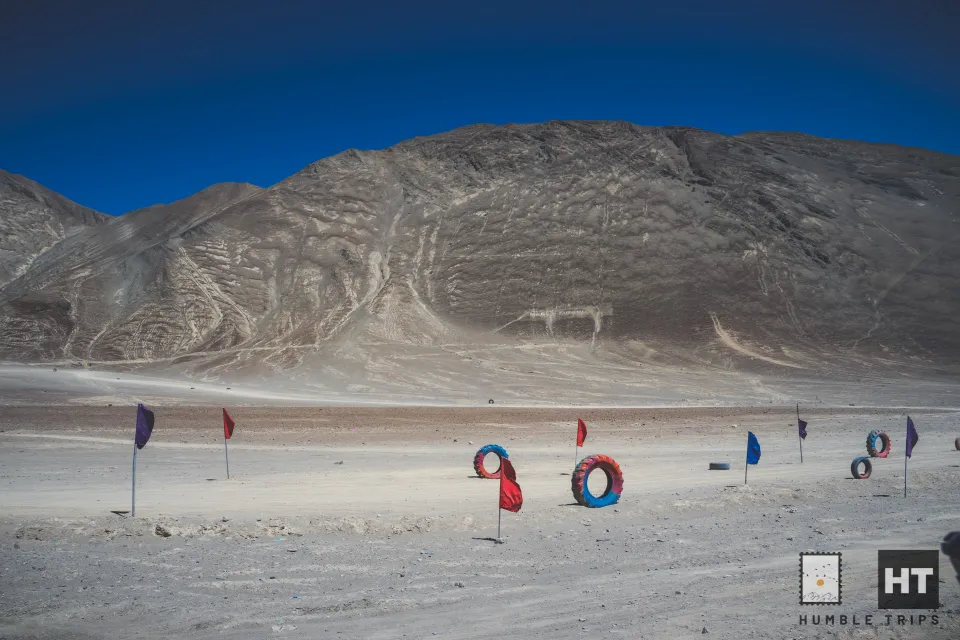

Magnetic Hill, often called a ‘gravity hill,’ creates an illusion where cars and bikes appear to roll uphill on their own. The magnetic pull that locals and travelers talk about is a mind-bending optical illusion created by the landscape, but it doesn’t make the experience any less thrilling!”
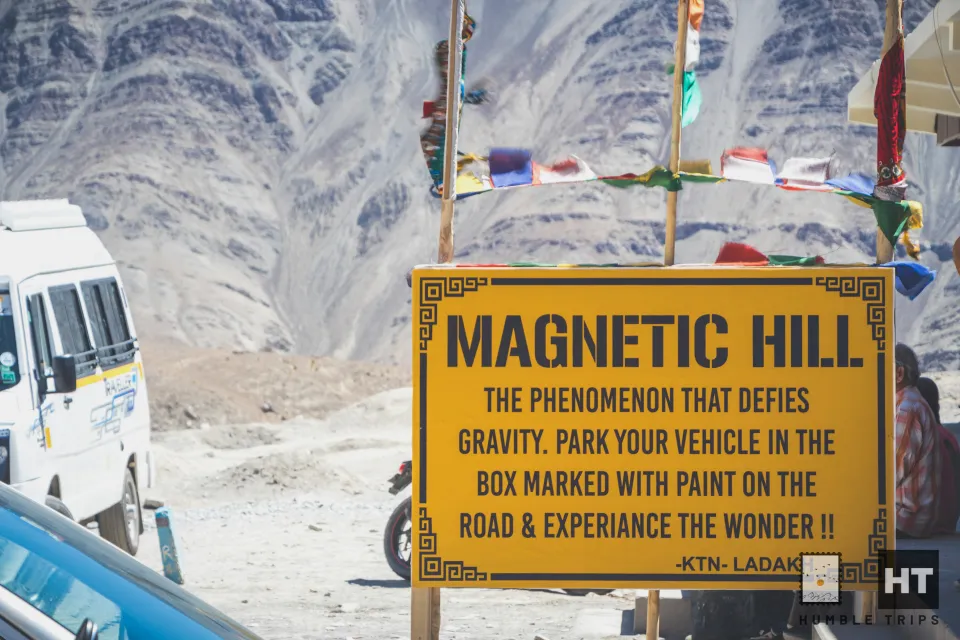

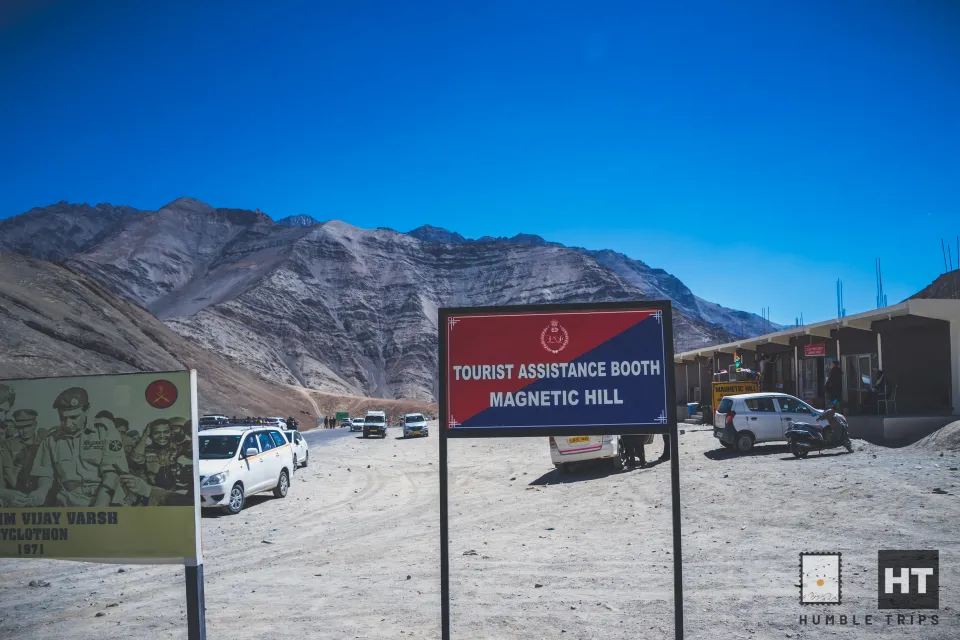

As we approached Magnetic Hill, the arid landscape of Ladakh surrounded me. We parked the car at the designated spot, shifted into neutral, and waited. To my amazement, the vehicle slowly began to move uphill. While I knew it was an illusion, the surreal feeling of watching the car drift without any effort was captivating
Shanti Stupa
Shanti Stupa, a majestic monument in Leh, stands tall atop a mountain, inviting visitors to witness its beauty and serenity. Built to promote peace and commemorate Buddhism’s rich heritage, it offers a breathtaking panoramic view of the city and its surroundings.
Constructed as part of the Peace Pagoda Mission by Japanese Buddhist Bhikshu, Shanti Stupa holds a sacred relic of the Buddha beneath its structure. The best times to visit are during sunrise and sunset, when the views are especially enchanting.
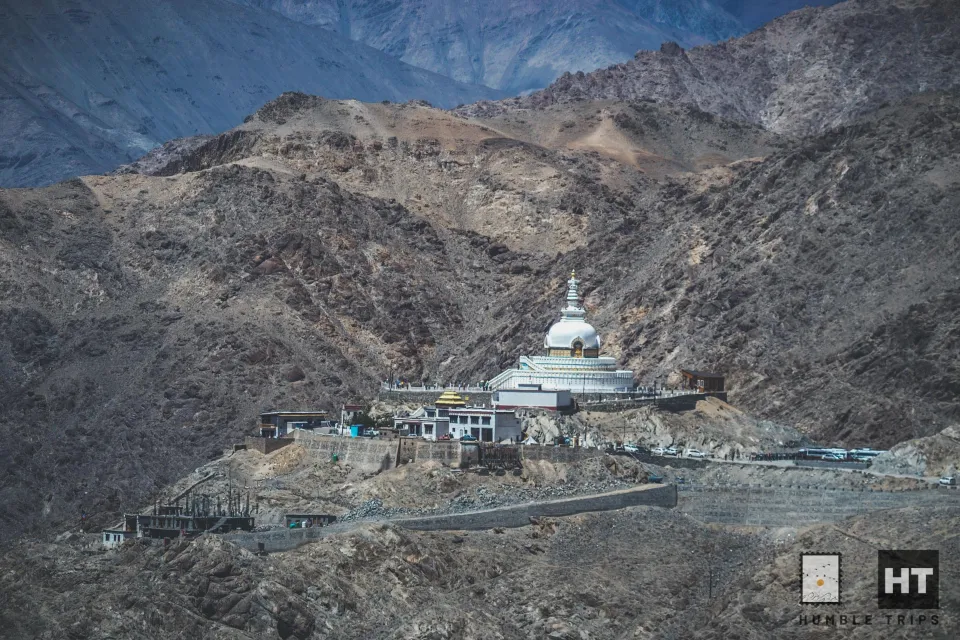

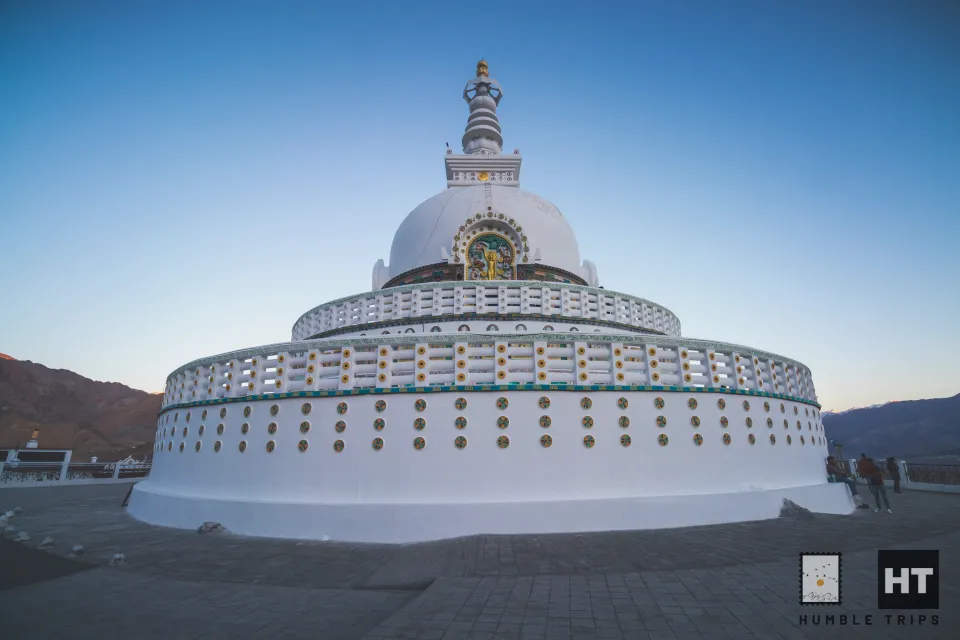

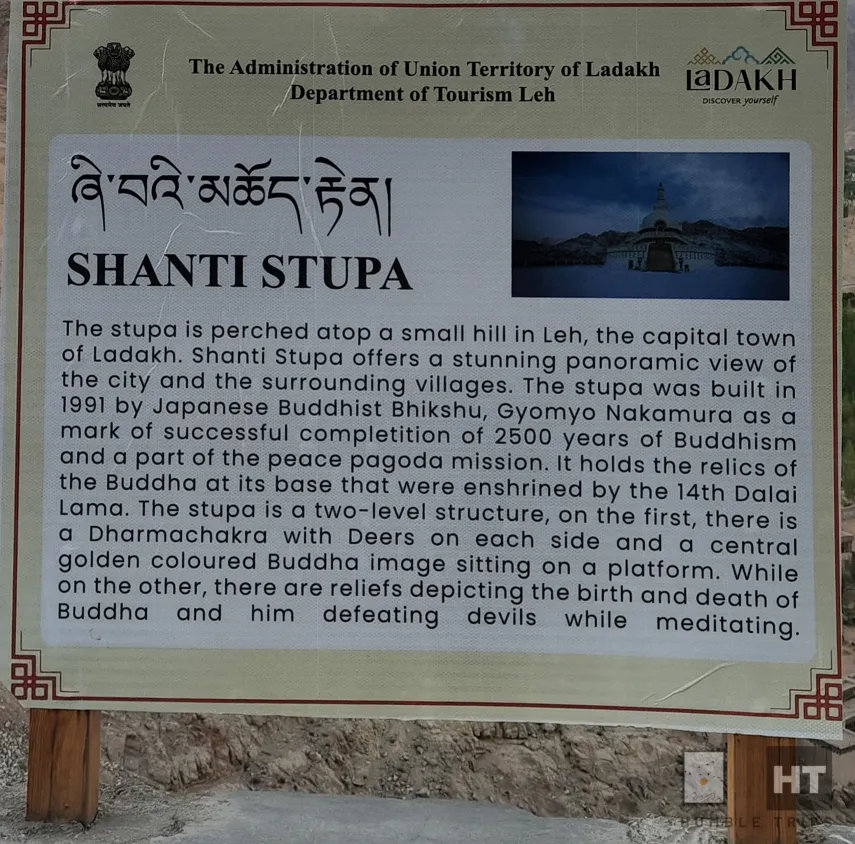



The architecture of Shanti Stupa is captivating, featuring a two-level structure adorned with intricate reliefs depicting significant events from the life of Buddha. Visitors can admire the detailed craftsmanship, with smaller meditating Buddha reliefs adorning both levels.
With an entry fee of 30 INR and convenient parking nearby, exploring Shanti Stupa is a delightful experience. Don’t miss the tranquil prayer hall located nearby, offering a peaceful sanctuary for contemplation and reflection.
Leh Market
In the heart of Leh lies a bustling market that offers a sensory overload of colors, sounds, and smells. I couldn’t resist diving into this lively market scene to explore the culture and treasures hidden in its narrow lanes. Leh Market is a mix of the traditional and the modern, where local traders sit alongside shops selling everything from Tibetan artifacts to chic souvenirs. The market hums with energy, especially in the evening.
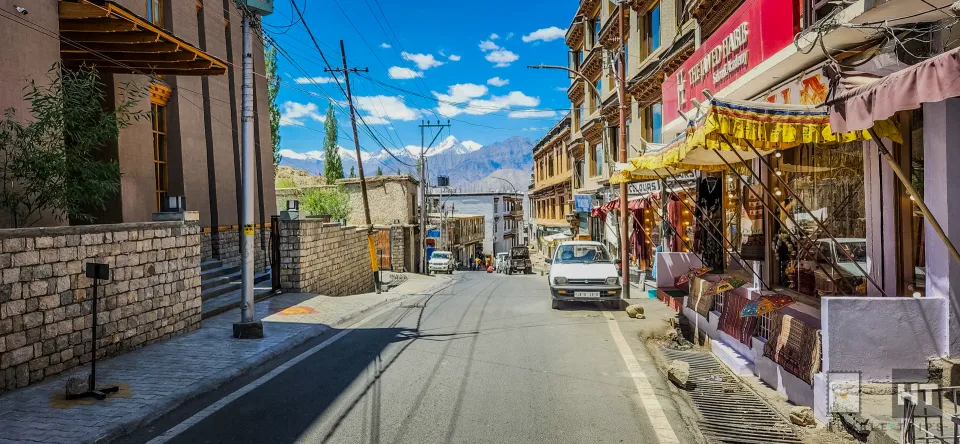

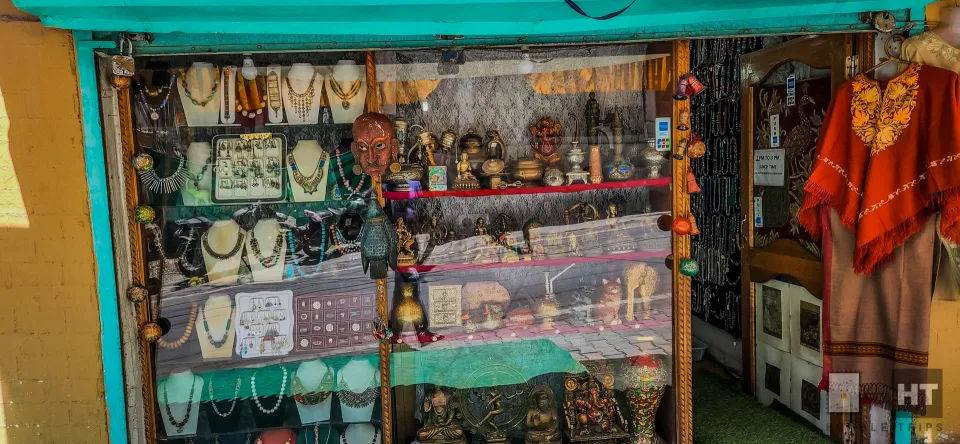

Among my favorite finds were Tibetan prayer flags, and handcrafted jewelry. If you’re into traditional crafts, the market offers a wide variety of Thangka paintings and prayer wheels.
Wandering through the lanes, I was drawn to a small shop selling silver jewelry. The shopkeeper told me stories behind each piece, making the shopping experience personal and unique. I also couldn’t resist sampling some local Ladakhi apricots, which were as fresh and sweet as the mountain air.
Only thing hindering my experience was my acclamitiation to high altitude. I was getting out of breath after short strolls and had to take small breaks.
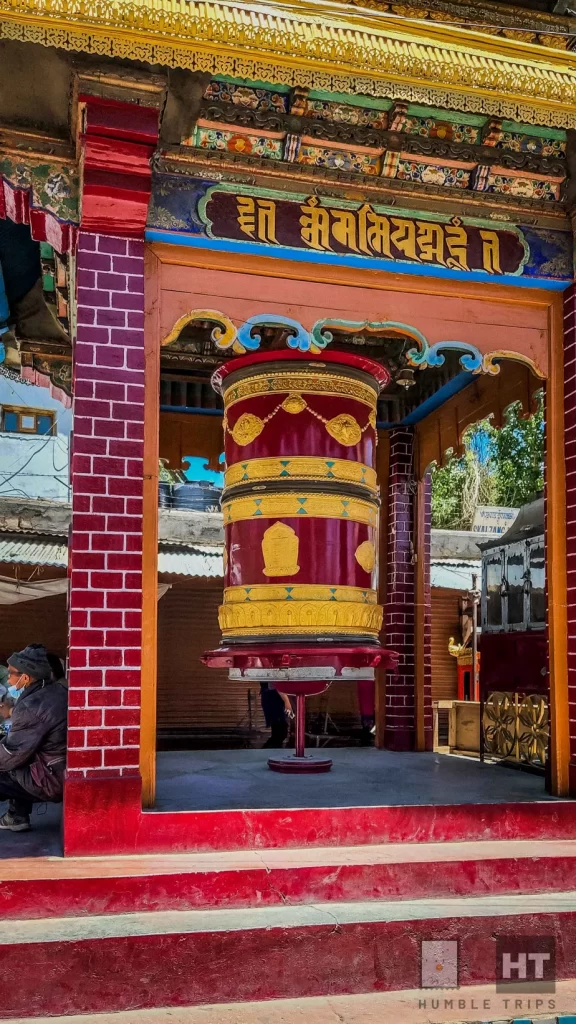

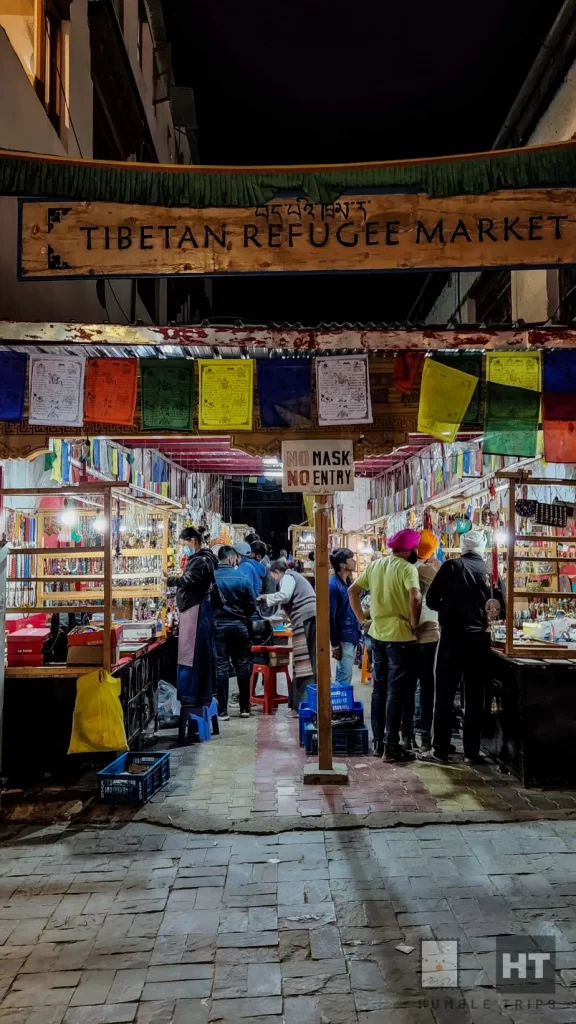

Leh Market isn’t just a shopping destination; it’s a cultural experience. From the unique local handicrafts to the mouth-watering street food, it’s a place that brings together the essence of Ladakh. Whether you’re there to shop, eat, or simply explore, Leh Market has something for everyone.
Day 11 & 12 of Leh Ladakh trip
After exploring the rest of Ladakh, we wanted to spend more time in Leh to explore its famous monasteries. Two monasteries that are a must-visit are Thiksey and Hemis.
Thiksey Monastery is a remarkable structure, often compared to the Potala Palace in Lhasa. It stands majestically on a hilltop, offering panoramic views of the surrounding landscape. The monastery is known for its impressive architecture and a giant statue of Maitreya (future Buddha), which is the largest of its kind in Ladakh. It is a ticketed entry and there is a nice little restaurant in Thiksey where you can unwind.


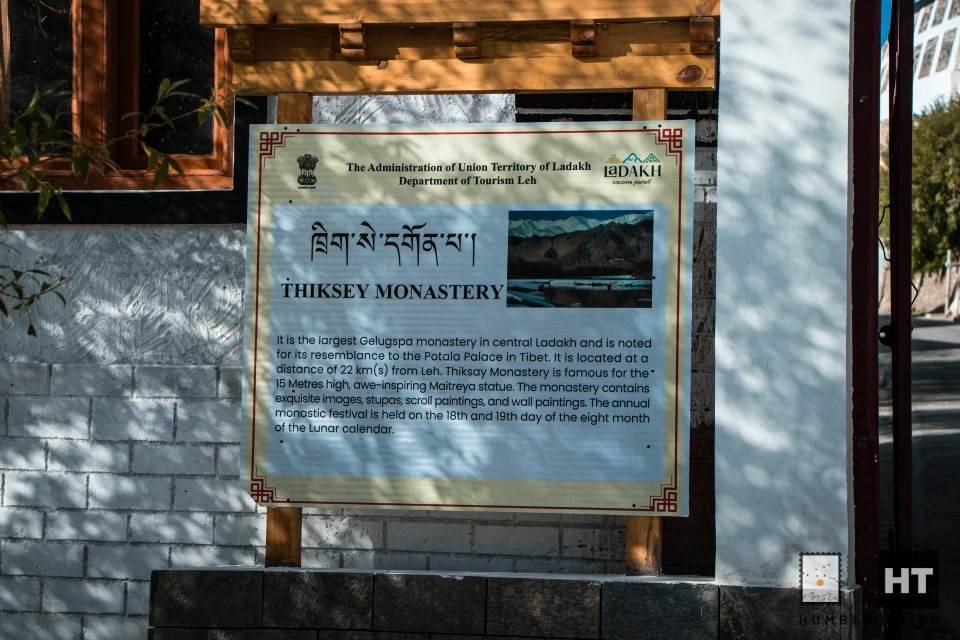



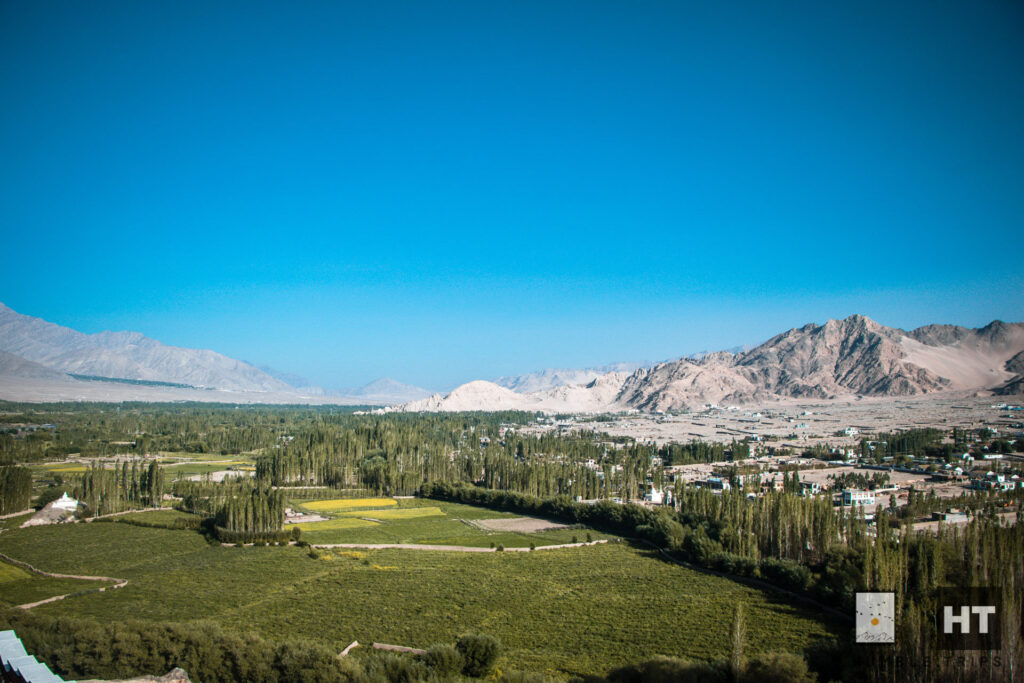



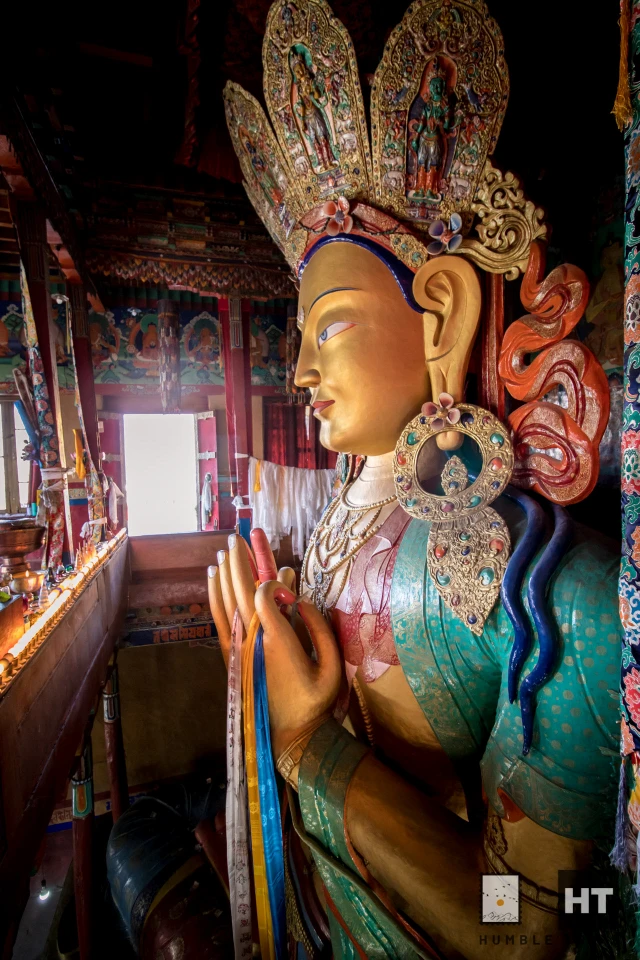

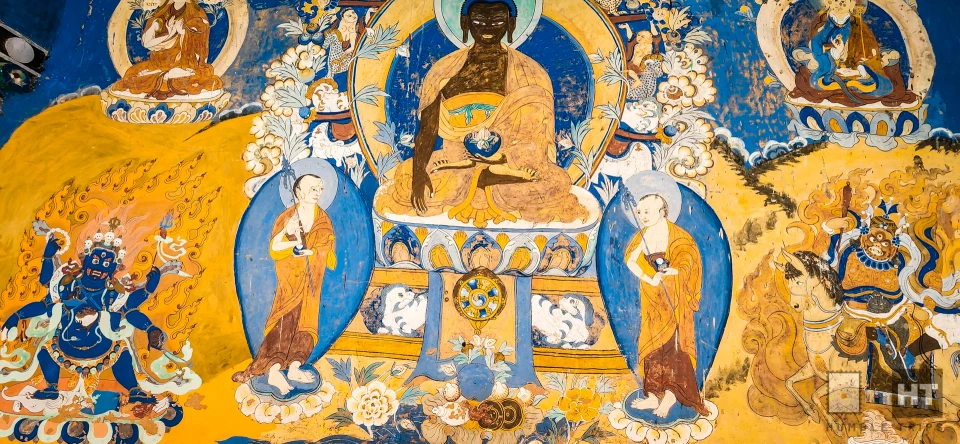

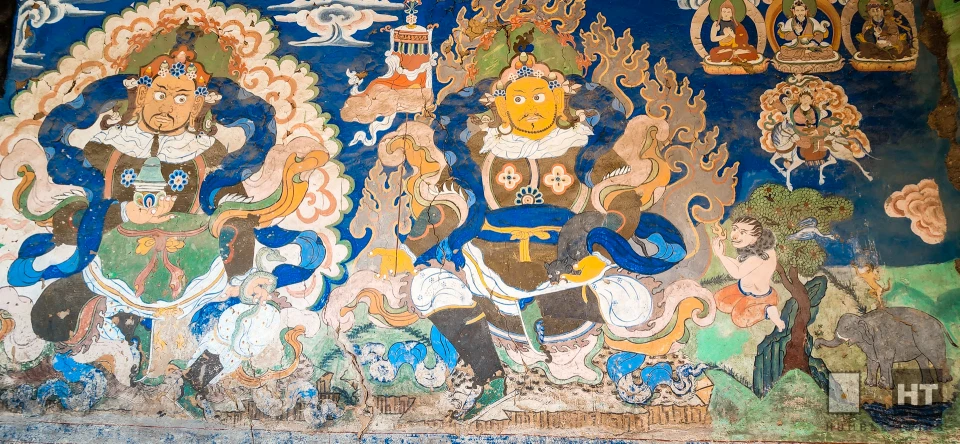



Hemis Monastery, on the other hand, is the largest and wealthiest monastery in Ladakh, renowned for its annual Hemis Festival, which celebrates the birth of Guru Padmasambhava, the founder of Tibetan Buddhism. The monastery is home to beautiful murals, ancient relics, and a rich collection of artifacts, making it a must-see for any visitor to Leh. Most of the places inside the monastery, photography is not allowed. It’s a ticketed entry.


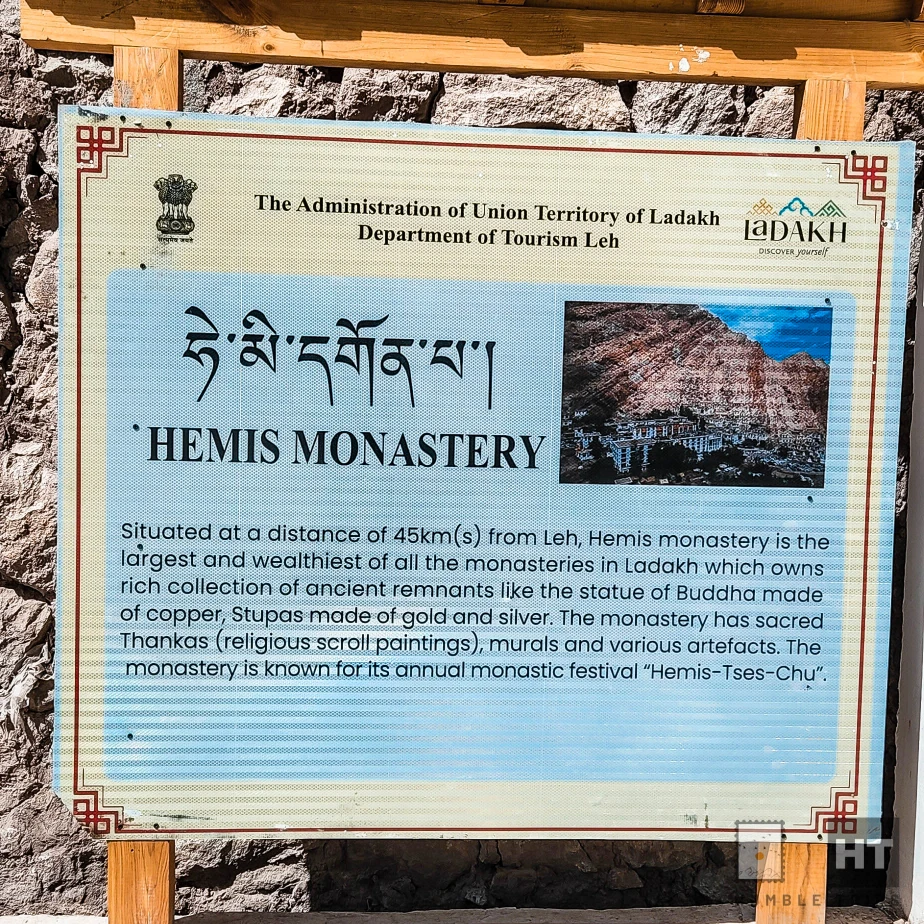



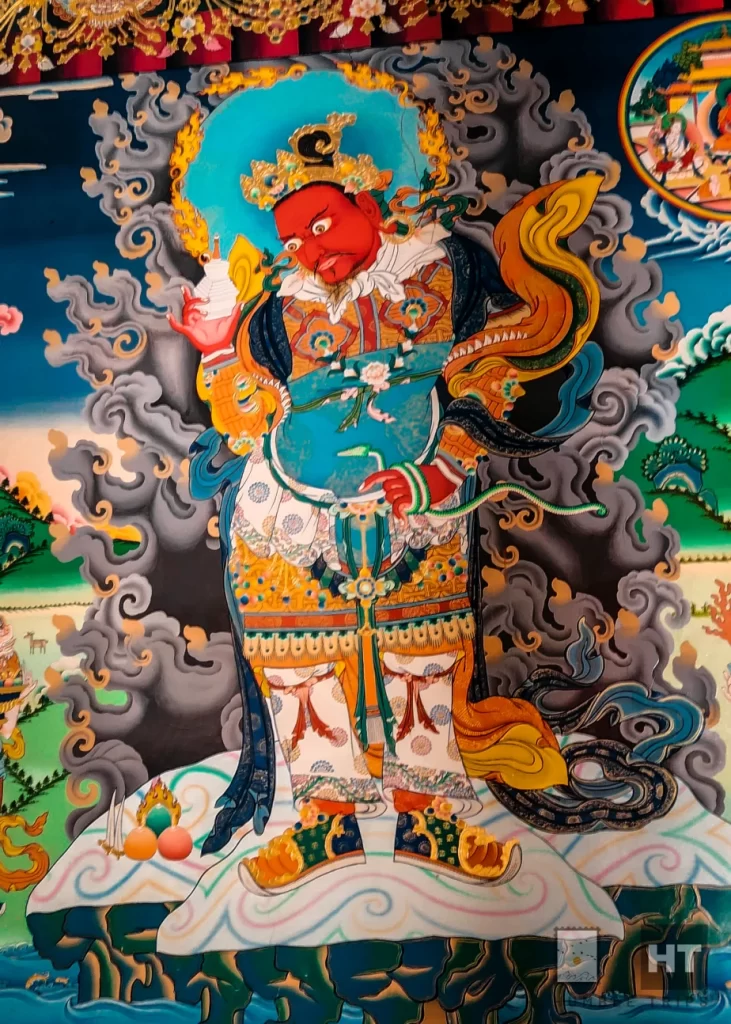

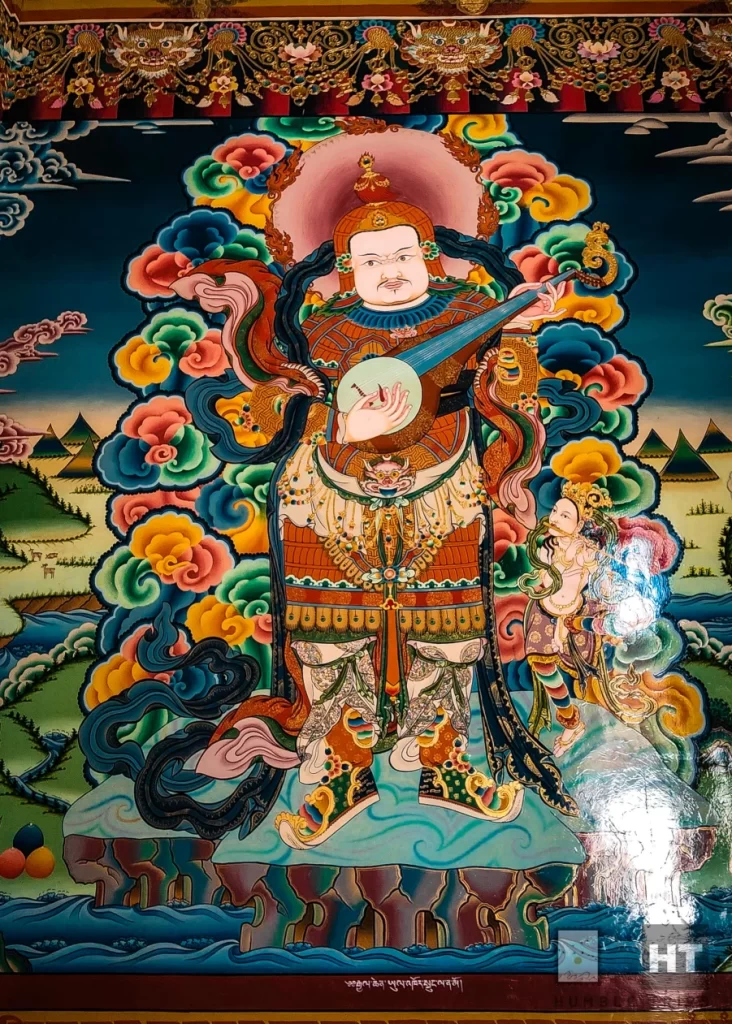

There are many other places to visit in Leh, including Hemis National Park. But with limited time, It’s time for me to leave Leh with a handful of memories that will last lifelong, and I may visit another time to cover more of these amazing mountains



